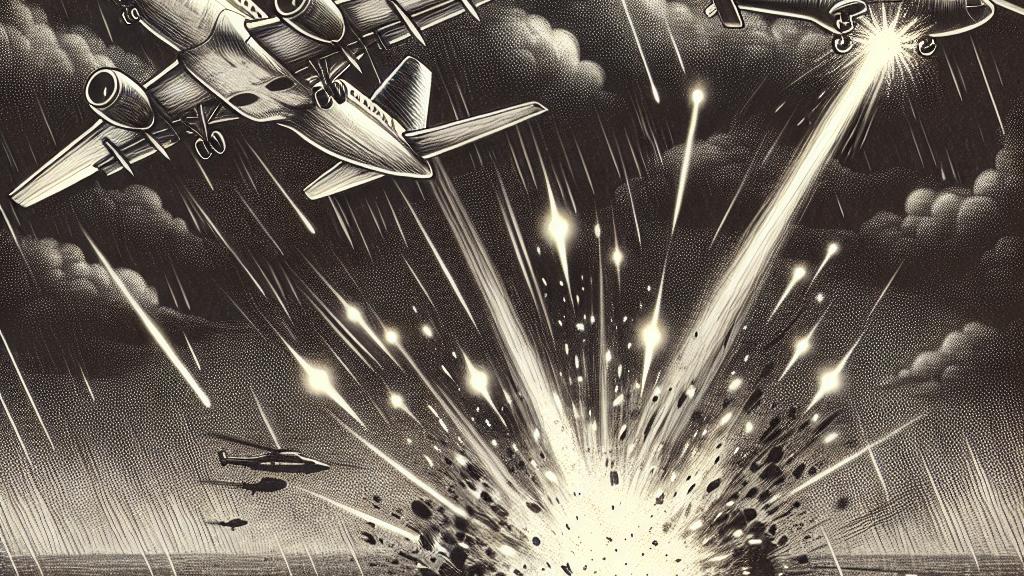Exploring the Washington Airplane Accident and Its Impact
Overview
- 28 confirmed fatalities in a devastating midair collision involving a passenger plane and a military helicopter near Washington.
- The tragedy raises urgent questions about air traffic control effectiveness and safety protocols in a notoriously busy airspace.
- Eyewitness accounts reveal harrowing details, emphasizing the need for better regulations in aviation safety.

The Tragic Collision
On the night of January 29, 2025, the unforgiving skies over Washington, D.C., turned into a scene of horror when an American Airlines passenger jet collided midair with a U.S. Army Black Hawk helicopter. This catastrophic event unfolded as the jet, filled with diverse individuals—athletes returning from a competition—descended toward Reagan National Airport. Eyewitnesses, who watched in disbelief, recounted the moment sparks ignited in the sky, followed by an explosive sound that seemed to echo for miles. Both aircraft crashed into the frigid waters of the Potomac River, leaving a somber reality: all 28 people aboard the flight had perished. The heart-wrenching scene was exacerbated by the knowledge that many of those lost were individuals with dreams and loved ones, amplifying the collective grief felt by the community.
Concerns Over Air Traffic Control
In the aftermath of this calamity, alarm bells rang out over the effectiveness of air traffic control procedures in Washington, a region significant for its high volume of military and civilian air traffic. President Trump, grappling with disbelief, raised critical questions: 'How could this disaster occur in such a controlled airspace?' His poignant remarks highlighted a pressing concern echoed by aviation experts and the public alike—namely, the necessity for sharper regulations and comprehensive training for air traffic controllers. The parallels to previous tragedies, such as the infamous crash of Air Florida Flight 90, serve as stark reminders of what can happen when oversight falters. This incident serves not only as a wake-up call for reform but also as an opportunity to enhance safety measures to guarantee that such tragedies never repeat.
The Shift to Recovery Efforts
As the cold reality settled in, rescue efforts transitioned to the grim task of recovery. On the banks of the Potomac, emergency responders battled freezing temperatures as they recovered over 30 bodies from the icy depths. Each recovery was laden with emotion, and the heroes involved—ranging from local firefighters to federal agents—displayed remarkable courage in the face of overwhelming sadness. Eyewitness accounts paint a vivid, unsettling portrait of the chaos and fear that unfolded, reminding us all of the human cost behind such accidents. Additionally, as investigators delve into the causes of this devastating crash, there is a collective hope that the insights gleaned will drive essential changes in aviation protocols. Ultimately, while the pain of loss lingers, we must commit to learning from this tragedy, honoring those lost by ensuring a future where air travel is as safe as possible.

Loading...